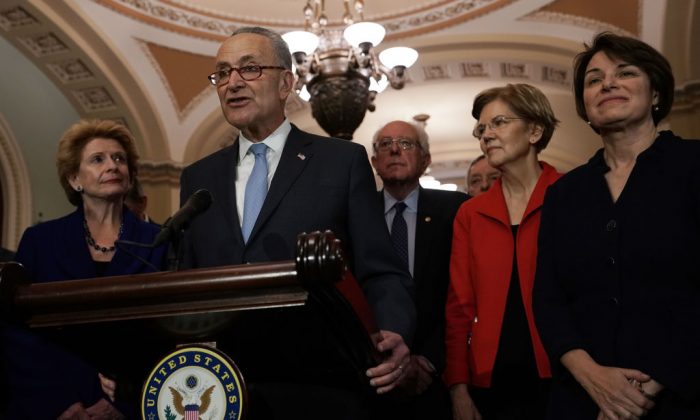Illinois, Nevada show most potential for solar
A new analysis by Wood Mackenzie Power and Renewables finds
that the renewable energy and climate ambitions of governors elected on
November 6 could increase the total market for solar in five states by 17.7
GWac, if all five pass 50% by 2030 mandates.
November 6 was a big night for renewable energy and climate
policies. While voters rejected a 50% by 2030 renewable energy mandate in
Arizona and a carbon tax in Washington, they also elected governors in five
states that have called for stronger renewable energy mandates.
Four more either pledged to commit to the Paris Agreement or
are in states that have already joined an alliance of states committed to
meeting Paris Agreement goals. Wood Mackenzie Power and Renewables has
identified renewable portfolio standard (RPS) policies as the most likely way
to meet those goals, bringing the total number of states that could potentially
see RPS increases to nine.
In a new report, Wood Mackenzie looks at the market
ramifications of states passing 50% by 2030 renewable energy mandates. This is
less than the 100% being called for by three of these governors, however both
timelines and total ambition of the final policies will likely be decided
through political processes.
The report found that if all five pass 50% by 2030 RPS
policies, this could increase the total solar that is built by 2030 by 17.7
GWac, and the total wind by 16.5 GW. These volumes and ratios are based on
current electric demand and the current wind/solar ratio in each state, and it
is important to note that these numbers are outside of other renewable
development which may happen for other reasons, including to meet current RPS
mandates or driven by factors such as voluntary utility and corporate
procurement.
The state that would see the most
solar market growth as the result of a more ambitious RPS is Illinois, which at
9.1 GWac makes up more than half of the total anticipated increase. This is
doubtless due to the much larger population in Illinois, including 8 million
residents in Chicago and surrounding suburbs, than other states that are
considering raising their mandates.
Wood Mackenzie has expressed concerns regarding Illinois’
financial condition, and it is also unclear how the state’s sizable nuclear
fleet would fit into all of this. However, the firm points to a large
interconnection queue for wind and solar projects, and also the state’s ability
to import capacity from other wind-rich states in the region.
The state with the 2nd-greatest potential for more solar is
Nevada. And while Governor-elect Steve Sisolak (D) has called for putting the
state on a path to 100% renewable energy, the initial path forward is up to
Nevada voters. November 6 saw an electoral victory for the state’s Question 6,
which calls for 50% renewables by 2030, however the bill must go to the voters
one more time before becoming law.
Wood Mackenzie is projecting that
all new capacity under an RPS in Nevada will come from solar, not wind, and
that this additional 4 GW by 2030 would more than double the current volume in
the state. Nevada is one of only three states where solar met more than 10% of
in-state electricity demand in 2017, and the state also has developed its
geothermal resources.
Political and infrastructure constraints
The report projects that New Mexico, Colorado and Minnesota
would each deploy from 1-2 GWac of additional solar to meet a 50% by 2030 RPS.
In Colorado and Minnesota wind is expected to dominate capacity additions, but
none of these states have particularly large populations and electric demand.
Wood Mackenzie also included Michigan in the report, but as
major actors in this state do not appear to be contemplating an RPS increase we
have omitted this from our summary of the findings.
The firm also noted that Democratic governors who have taken
office in Kansas and Wisconsin are unlikely to pass RPS policies with
Republican control of both houses of each state’s legislature.
Wood Mackenzie
additionally did not provide forecasts for Connecticut and Maine, due to a
variety of factors. This includes a preference in the region for importing
Canadian hydropower, and “severe transmission constraints” in Maine.





















